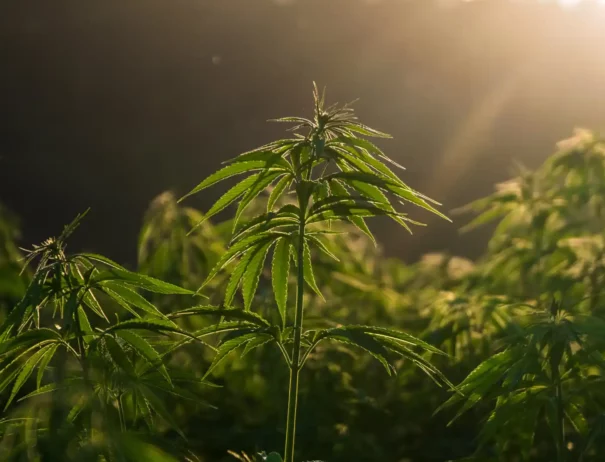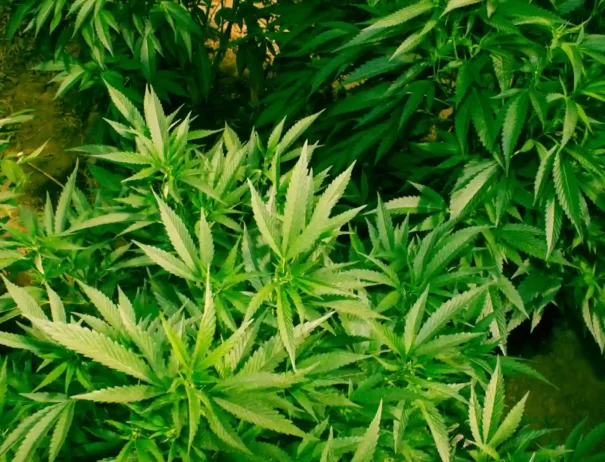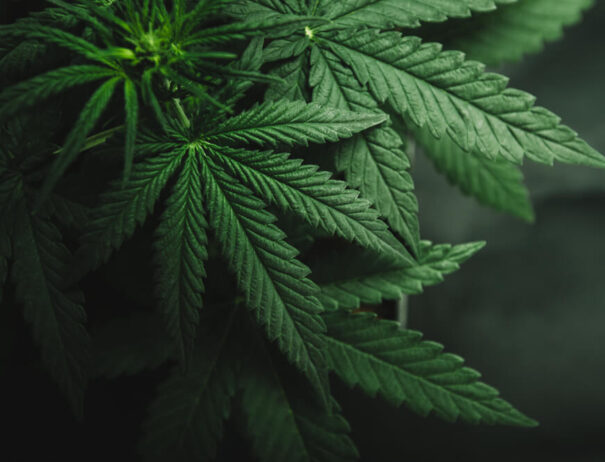Impact of Ukraine War on Cannabis Cultivation
Nitrogen-based fertilizers are in increasing tight supply due to the war in Ukraine. Russia is the leading supplier of high-nitrogen fertilizer, and sanctions on Russia from the U.S., Europe, and other nations are disrupting the fertilizer market. Russia and Ukraine supply 4.3 metric tons of fertilizer to the export market. Sanctions are disrupting the fertilizer trade in the global supply chain.
The agriculture industry in the U.S. is warning of possible food shortages due to sanctions on fertilizers and other soil nutrients. The U.S.’s fertilizer bills are expected to go up by 12 percent after a 17 percent increase last year. Farmers may see a decrease in fertilizer application to balance their budgets, but this will also mean a reduction in crop yields in this country affected by fertilizer sanctions.
Modern Farmer magazine reported that three essential fertilizers had seen skyrocketing prices in the past year:
- Anhydrous ammonia: up 235%.
- Liquid nitrogen: up 192%.
- Urea: up 149%.
The cannabis market will be affected, too. Wholesale prices have been relatively low, but prices are starting to increase. The industry is beginning to use cultivation methods that do not require high-nitrogen fertilizers. Industry experts speculate that rising fertilizer prices may result in cannabis growers planting fewer acres, which will lead to a decrease in the supply of marijuana for consumers.
Cannabis supply has been having problems with the logistics since the COVID-19 pandemic, as so many other markets have. Industry experts say cannabis farmers have had difficulty due to the supply shortfall in agricultural supplies like nutrients, herbicides, and pesticides. Some growers seek to stockpile a year’s worth of growth supplements to maintain a steady supply of products for their best customers. Growers are confident the supply and logistics issues will result in higher prices for their cannabis products and establish that some growers are more reliable suppliers of products. In addition to agricultural supplies, some producers and manufacturers are having difficulty finding adequate amounts of solvents to make cannabis concentrates.
Industry expert Alen Nguyen, CEO, and founder of Mainstem, a supply procurement platform for cannabis companies, anticipates growers will begin to experiment with more strategic forecasting and sharper planning. This will mean they can have a better sense of which fertilizers and other critical inputs will be available quickly. Nguyen believes the cannabis industry will begin to fully exploit its digital supply chain and develop procurement models that are more proactive and predictable. The most important lesson for cannabis growers is that disruption of supply chains and the inherent uncertainty of custom agriculture of a high-margin product like cannabis requires a thorough understanding of the availability of critical inputs.
The chief scientist of Agrify Corp, which makes hardware and software for indoor cannabis growers, believes the current supply problems will make indoor growers realize they may be using more fertilizer than they need for a good, productive crop of marijuana. Many input manufacturers often recommend farmers use the maximum amount of chemical inputs with every crop they grow. It is rarely necessary. Due to supply interruptions, many cultivators may experiment with the amount of fertilizer they are using and measure carefully to see precisely the impact on the yields of healthy plants and flowers, to use no more than what they need to grow an excellent product.
Some cannabis cultivator consultants are recommending growers control their input costs and vulnerability to shortages by using practices such as crop steering. This involves monitoring how plants grow and adjusting inputs and controls to reduce costs but maintain yields.
Consultants advise growers use meters for water temperature and electrical conductivity saturation, which precisely measures the salt concentration and the electrolyte concentration of the growing solution. The precise measurement of fertilizer and water can allow growers to withstand supply chain variations much better.
Another issue related to supply chain problems is shipping cost inflation, a global crisis for many industries and is also associated with the pandemic. Some shipping costs have increased 50 percent since the start of the pandemic. Many growers and suppliers use supply-chain management software to consolidate orders and manage several suppliers at once. What’s more, as growers use supply chain management software, they find fewer shortages in fertilizer and other agricultural inputs that they had been worrying about. The software gives them more precise estimates of supplies and delivery schedules. What’s more, growers can learn to mix their nutrients to mitigate the supply shortage, and is better for their cannabis yields.
Sustainable Agriculture May Allow Cannabis Growers to Manage Their Crops More Judiciously
As any grower who has adapted their agricultural practices to organic and natural methods can tell you, the more care and knowledge brought to growing changes the need for inputs purchased from suppliers.
And many growers are using the fertilizer supply crisis to review all their practices to moderate, or even eliminate, the need for bags of fertilizer, herbicides, etcetera. It is possible to pivot towards natural and sustainable methods of feeding crops. Some cannabis growers have found that sustainable practices and the use of organic inputs instead of chemicals have allowed many growers to, for the most part, avoid the supply side problems altogether since the pandemic began. Many cannabis growers have joined together to share techniques for creating organic fertilizers that work and high-nitrogen varieties that are not natural. Using fertilizers like chicken waste and healthy mulch can be at least as productive as fertilizers growers purchase. These fertilizers are continually available, cost only as much as chicken feed, and result in very healthy flowers and leaves that fetch a reasonable price.
Costs like security cameras and a closed-loop system to measure inputs precisely and keep plants healthy are the unanticipated expenses, but they are still quite manageable for most businesses.
We are in the middle of a cannabis revolution in the United States, and Cannabutter Digest has all the information you need to stay up to date with all the latest trends. Look no further than Cannabutter Digest to find cannabis news, recipes, and products!

Get Your Free eBook!
Download our FREE resource, The Ultimate Edibles Guidebook, full of recipes, infusion tips and everything you need to make your first batch of edibles today!



